Sauvignon blanc is a fantastic grape. Drinking a sauvignon blanc wine can sometimes make you a happy. Happy because you recognize the aromas. Few wines have as typical aromas as this white grape. But if you drink Sauvignon blanc from different countries, you will soon notice that the aromatic complexity is greater than first thought.
Today we find Sauvignon blanc wines from many countries. New Zealand has made its fame from them and in South Africa and in Chile they are getting better and better. Since Sauvignon blanc easier retains its aromatic character if the weather is not too hot, the new world countries often look for cooler sites for their sauvignon plantings, such as Casablanca on the coast of Chile.
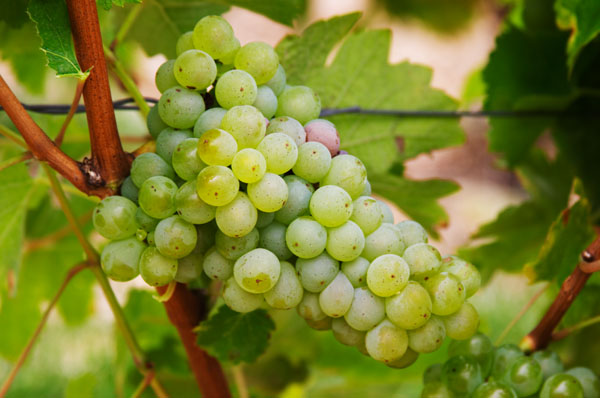
But the aromas still changes quite a lot from place to place. In a warmer climate, the wine will have aromas of exotic fruits whereas in a sauvignon from New Zealand you get hints of green asparagus. In a Sancerre we find green apples, elderberries, gooseberries and other acidic fruits.
Sancerre in the eastern Loire Valley in France may be regarded as the original and classic sauvignon blanc wine. We visited Domaine Henri Bourgeois in April and got an interesting tasting that showed us that also in Sancerre wines from different plots will taste differently.
Henri Bourgeois is a big family firm in the small village of Chavignol just a few kilometres outside the town of Sancerre.

Chavignol is also known for its Crottin de Chavignol, the delicious little round goat cheese that most winemakers in the region will offer you to taste together with their wines. Goat cheese and Sancerre is one of those perfect combinations. Two local products often go very well together.
Steep slope for high quality
We find Domaine Henri Bourgeois at the top of the village. Here the family has built its cellar with a phenomenal view of the steep slope called Monts Damnés. This is a slope the Bourgeois family is very proud of. And they should be. Some of the best grapes in Sancerre grow on this slope. And as the name indicates, it is a slope that demands hard work. But the combination of southern exposition, where all the vines receive sun all day, and Kimmeridge-soil – the same soil with limestone and clay found in Chablis – make the Mont Damnés very special.
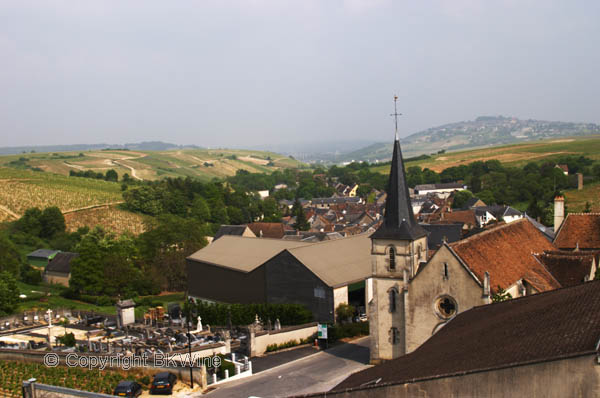
All Sancerre is not Kimmeridge but you will find patches of limestone everywhere. There are also vineyards with a lot of stones and gravel that produce wines with great elegance and vineyards with flint stone (silex in French) that provides intense and flavourful wines with minerality. The different soils give different characters to the wines, which this tasting at Domaine Bourgeois showed.
Tasting the sauvignon blanc wines
Sancerre “La Bourgeoise” 2010, Domaine Henri Bourgeois
Fresh with lively acidity and minerality. Fine complexity.
“La Bourgeoise” comes from old vines planted on flint stone. It is a wine with a strong personality with the typical mineral and steely character of the flint stone.
Sancerre “MD de Bourgeois” 2011, Domaine Henri Bourgeois
From the Kimmeridge soil at the Mont Damnés slope. Lemon and grapefruit aromas dominate the nose and the palate. Long and persistent taste.
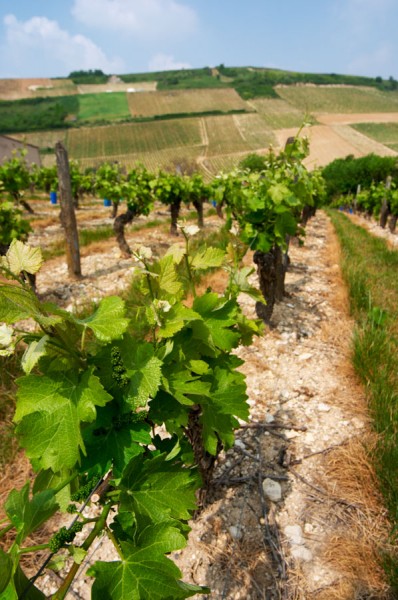
Sancerre ‘Les Baronnes “2011, Domaine Henri Bourgeois
From clay soil mixed with some limestone. Very typical sauvignon blanc aromas of gooseberry, green apple, nettle and elderflower.
Sancerre Jadis 2011, Domaine Henri Bourgeois
Although it is quite unusual in Sancerre, Domaine Henri Bourgeois ferments a few of their wines in oak barrels. Their Sancerre Jadis is an example of this. The oak barrel fermented wines have a wider taste and a little less pronounced grape character. Jadis is quite fat and has a more ripe character but the freshness remains intact. The grapes are grown on steep slopes of kimmeridge soil.
Sancerre d’Antan 2002, Domaine Henri Bourgeois
From the flinty soil of the domain. This 10 year old wine shows that good Sancerre can be kept a few years. Here we have nice honey notes and a complex and very long finish.
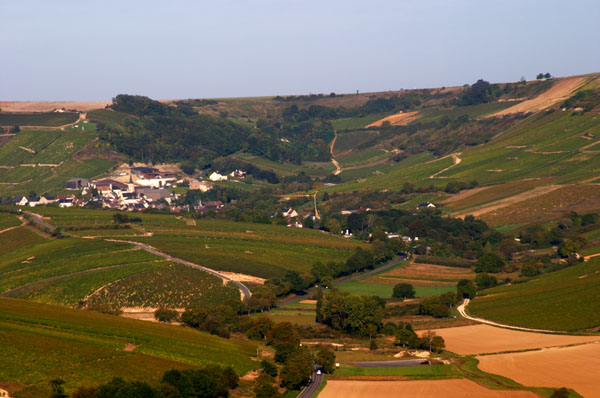
Sauvignon blanc wines are not usually considered as wines for ageing. But there are many exceptions. A Sancerre of good quality can keep for 10 years. The character of the wine will change of course and some of the fresh aromatic character will disappear. So it depends on what style you prefer. But if you get the delicious honey notes of a Sancerre d’Antan, then it might be worth having some patience.
[box type=”info” style=”rounded” border=”full”]Sancerre is one of the wine villages that are often included in our Three Classics wine tour, to Champagne, Chablis, and Sancerre. The very best way to enjoy these wines is do come and experience them in the Loire Valley. Come and join us on a tour![/box]



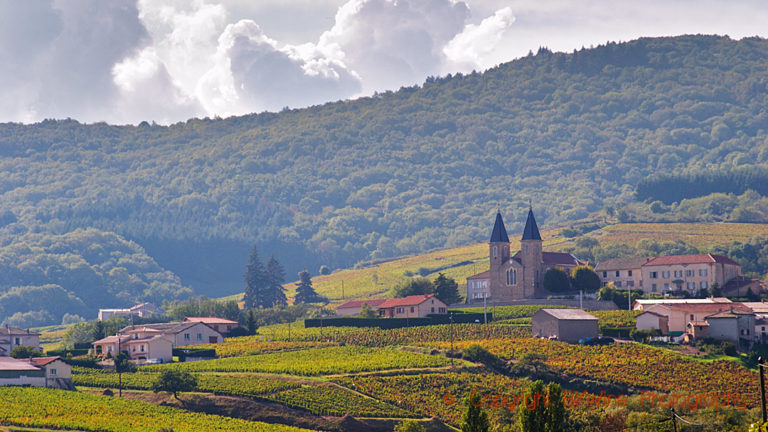
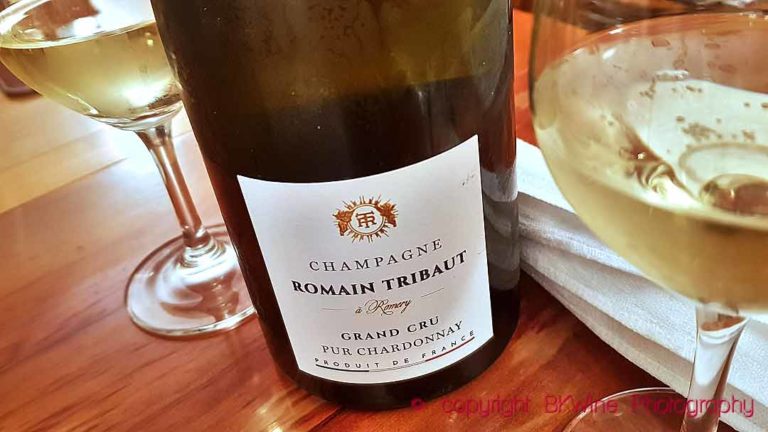
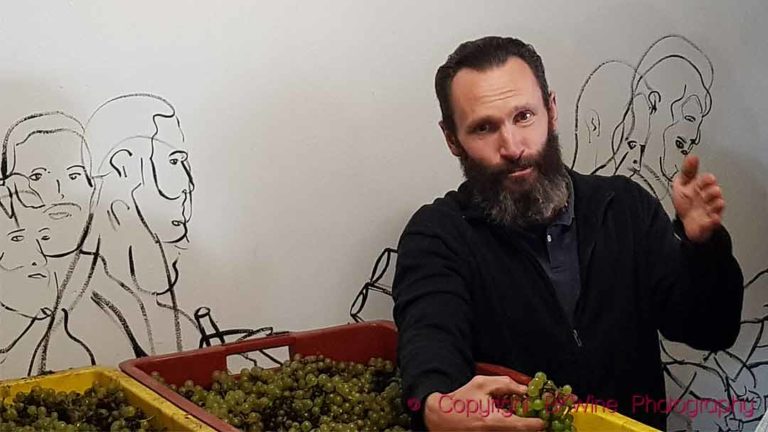





One Response